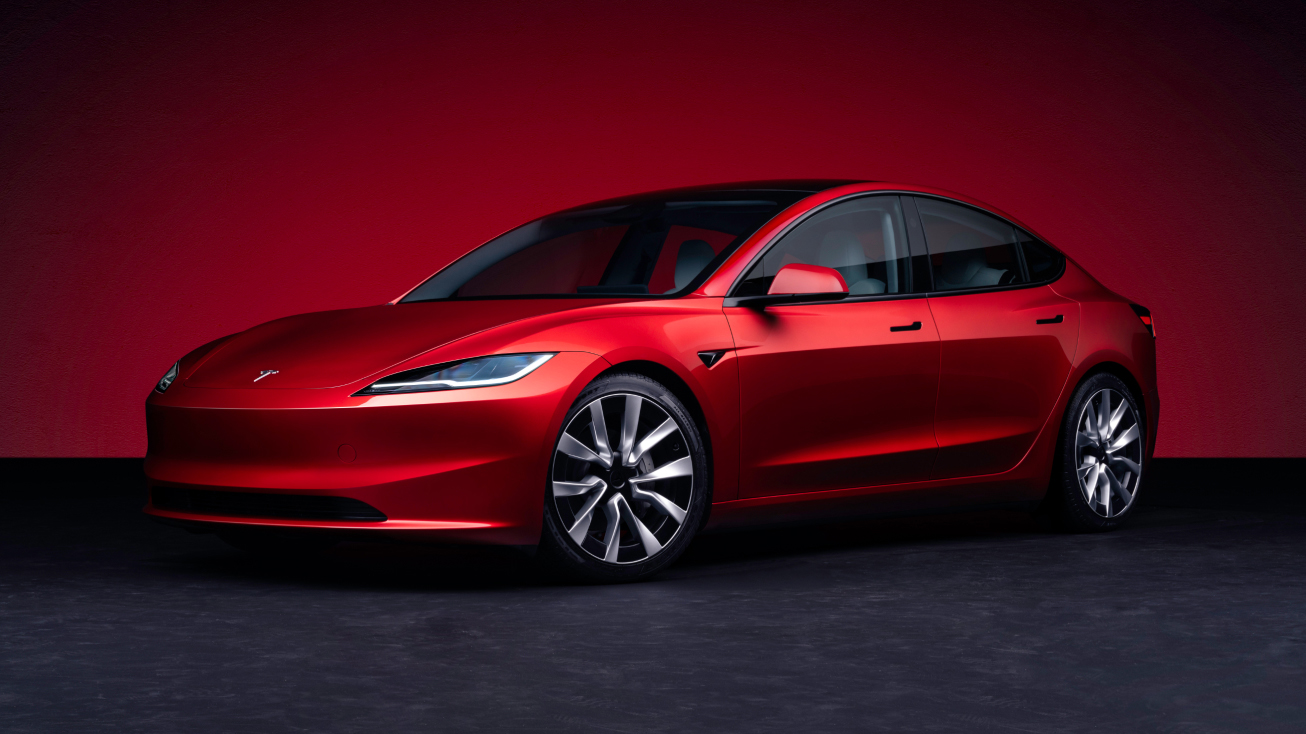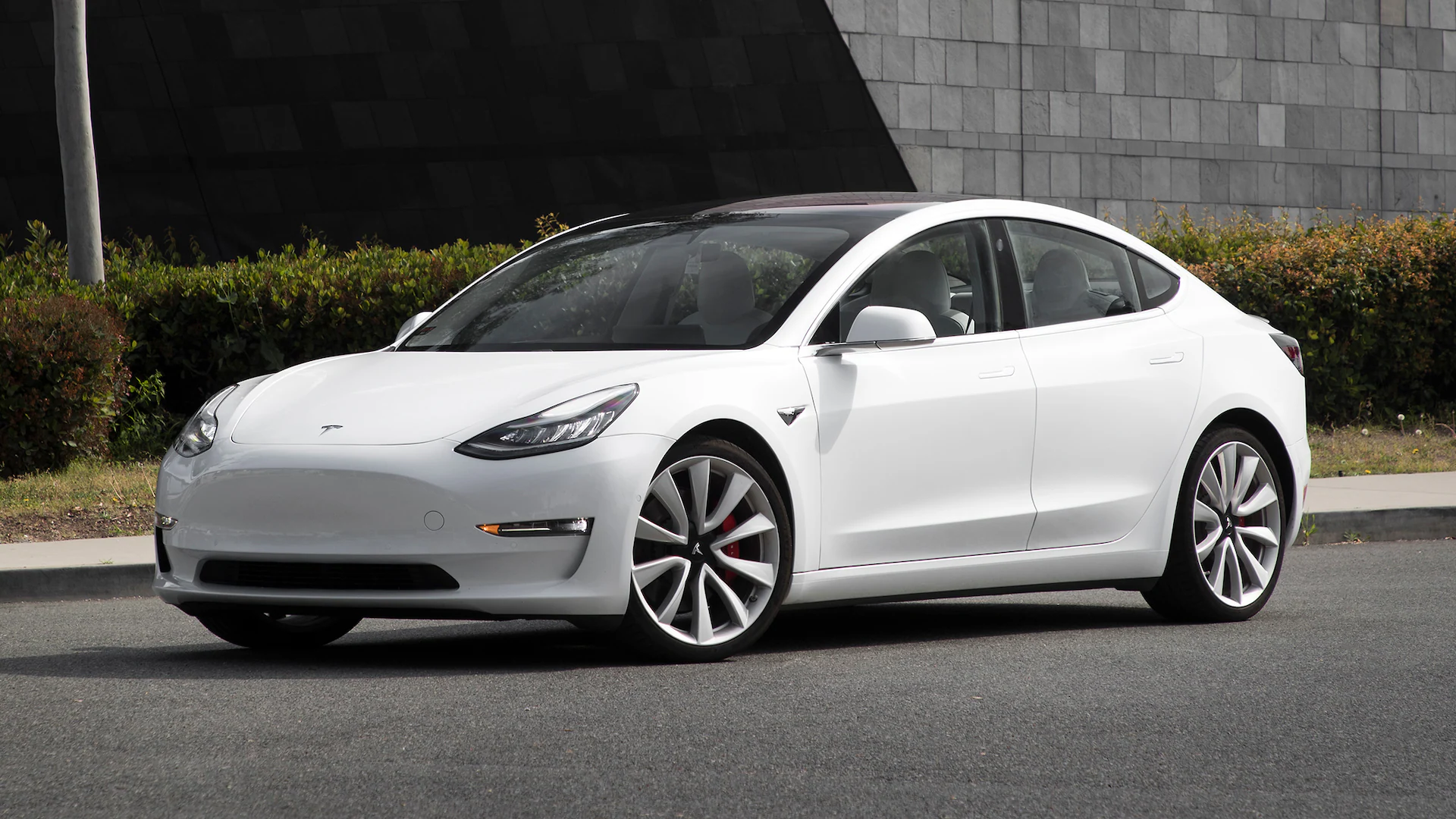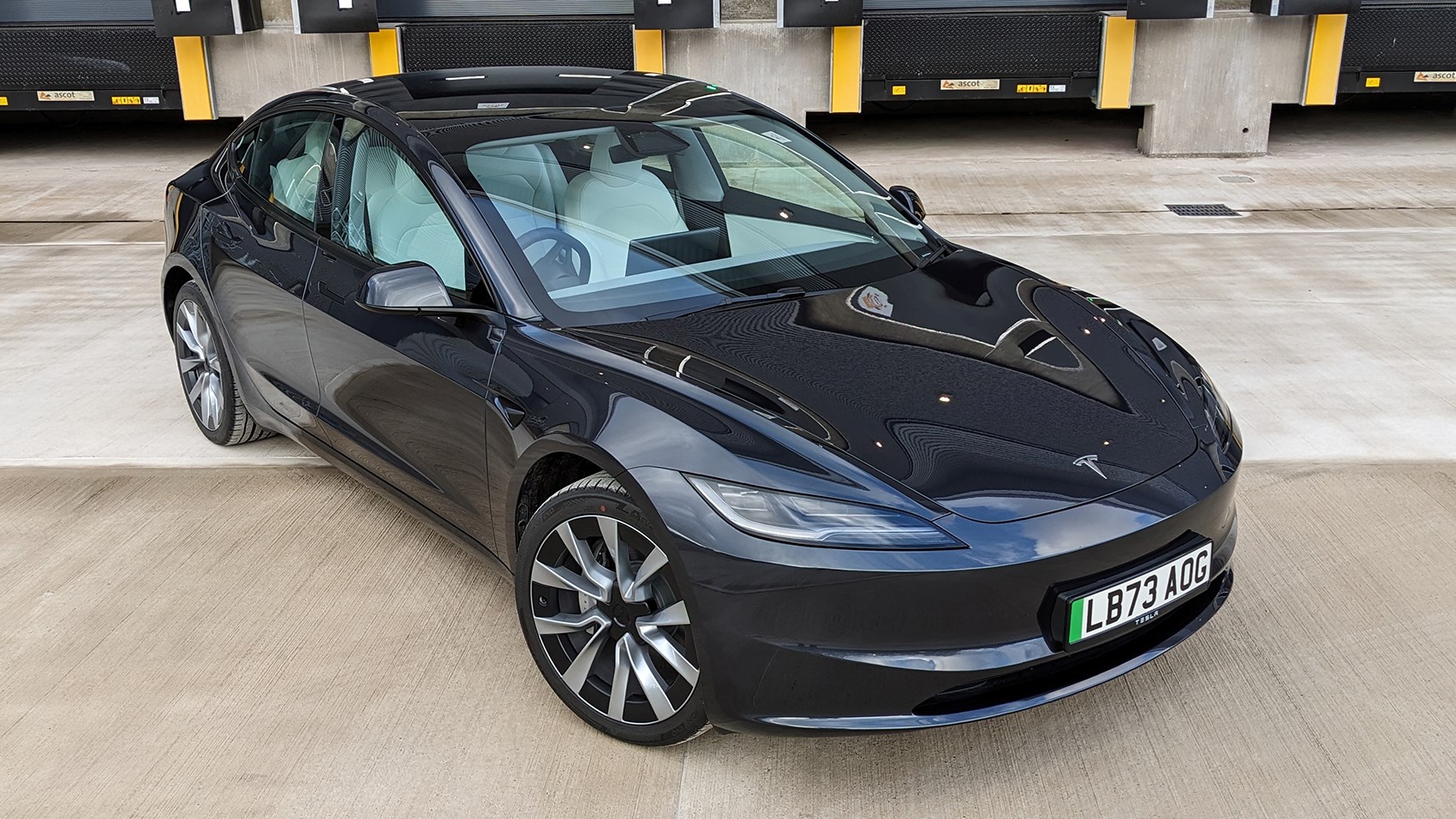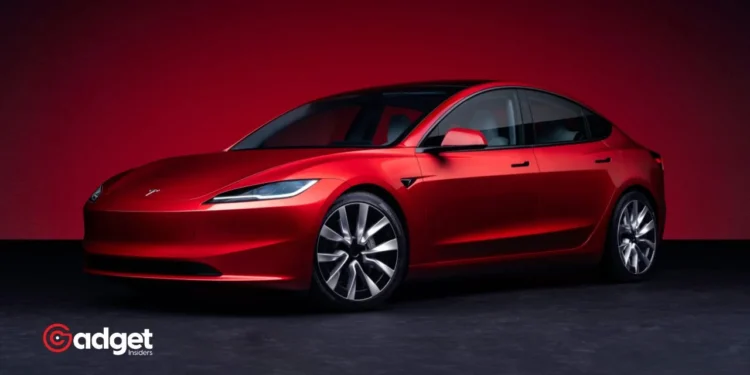In the race to revolutionize electric vehicle (EV) charging efficiency, Tesla’s Model 3 Highland variant has emerged as a formidable contender, outperforming competitors in a unique testing scenario known as the gas station stop test.
Despite its 400V system, the Model 3 Highland clinched a significant victory by doubling the charging rate of many of its rivals, according to a recent assessment by AMCI. This test aimed to measure how much range EVs can add within a typical six-minute gas station stop, a duration familiar to drivers of internal combustion engine (ICE) vehicles.

The Supercharger Network: Tesla’s Ace in the Hole
While company’s latest models like the Cybertruck boast a modern 800V fast charging architecture, it is the robust Supercharger network that really sets the brand apart. Initially, The company opted to maintain a 400V charging system across most models, given that the bulk of its Supercharger stations operated on this voltage.
However, company’s strategic focus on expanding this network has allowed it to offer rapid charging capabilities that rival and often surpass those of competitors.

The Supercharger network’s widespread presence and efficiency are particularly advantageous for Tesla vehicles, leveraging the existing infrastructure to deliver quick charging sessions that adhere to drivers’ traditional refueling expectations. This integration means that even without an 800V system, vehicles like the Model 3 and Model Y can perform exceptionally well in simulated gas station conditions.
Tesla’s Strategic Innovation and Industry Challenges
Company’s approach to EV charging illustrates a broader strategy of innovation and adaptation. Before scaling back its Supercharger team, Tesla concentrated on rapid expansion, acquiring permits swiftly and pioneering the construction of charging stations within days using prefabricated structures. Moving forward, company plans to enhance the delivery and uptime of its existing stations, potentially introducing advanced fast charging solutions that could further revolutionize the market.
Here, have another aurora x tesla model 3 highland shot for absolutely no reason at all. pic.twitter.com/qbx64u4fY4
— Kelly 🌟 (@SelfMadeMastery) May 13, 2024
Despite stiff competition from EV manufacturers like NIO, XPeng, BYD, Hyundai, and KIA — many of whom offer vehicles with 800V fast charging capabilities — Tesla’s holistic approach to charging infrastructure continues to give it a competitive edge. These manufacturers often highlight the ability of their 800V systems to achieve full charges in around 20 minutes, a benchmark company has yet to meet even with its 800V-equipped Cybertruck.

Looking Ahead: The Future of Tesla’s Charging Technology
As company refines its Supercharger network and possibly integrates more advanced 800V charging stations, the potential for even faster charging times looms large. This could be crucial as the industry moves towards standardizing quicker and more efficient charging solutions to meet consumer expectations and environmental goals.
The accolades and results from the Model 3 Highland in the gas station test underscore Tesla’s commitment to not only competing in the EV market but leading it. By continuing to leverage its extensive Supercharger network and optimize its charging technology, the company is poised to remain at the forefront of the EV industry, providing drivers with the quick, convenient charging solutions they demand.









